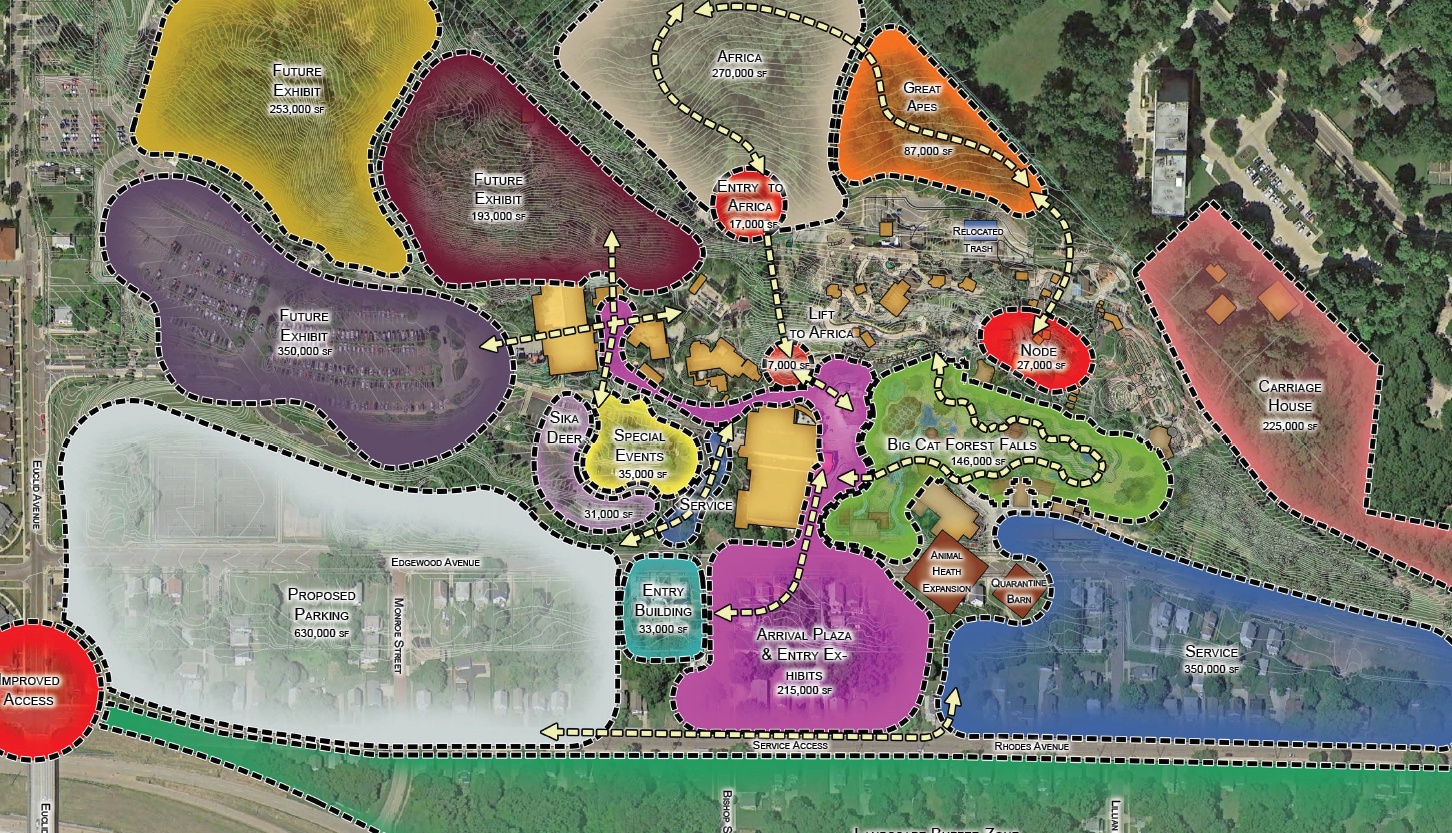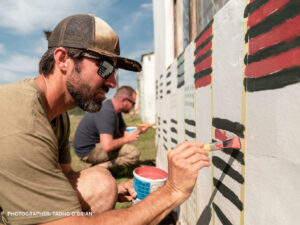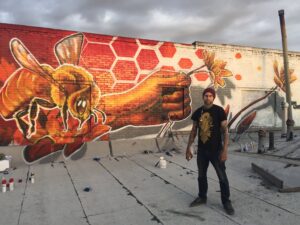Our environment is constantly changing and the way we do master planning needs to keep up with this change. What are some ways for us to invest in master plans and get the end results we desire? Watch the video or read below for key points mentioned during this ECHO Digital topic.
A special thank you to Dave Ruhl (Riverbanks Zoo), Matt Thompson (Memphis Zoo), and Doug Piekarz (Akron Zoo) who joined our last ECHO Digital to discuss the aspects of master planning that work well and what we can do differently in the future.
6 Key Points
1. Establish a Time Frame
The world is constantly evolving around us. This change can impact the end results of master plans designed over the course of 20 years. So how can we plan for our future developments in the long run? Below are two steps you can take:
1. Review your funding and governance model to determine a relevant cycle of time. In most cases, six or seven years is a suitable time frame.
2. The next step would be to assess each need and want into three cycles:
• Short-term Cycle – The earliest cycle having the most detail, realistic time frames, budgets, and conceptual designs.
• Mid-term Cycle – Includes high–level cost projections and space allocations with high–level programming data.
• Long-term Cycle – The farthest time frame includes space allocation and a few programmatic elements.
2. Avoid Over Committing
“Oh, we’ll never actually build that stuff,” is a common phrase when flipping back through master plans. Although plans need to allow for flexibility, keep in mind this is the road map for your capital projects and shouldn’t be collecting dust on a shelf. Matt Thompson, Chief Zoological Officer at Memphis Zoo, mentioned a way to encourage master plans to be used is by building a plan your team genuinely believes in. At its best, the master plan has thoughtful, data-driven, realistic reasons for each aspect. Those efforts will be valued even as the plans adapt.
Dave Ruhl, Chief Operating Officer at Riverbanks Zoo, also emphasized the importance of master plans being realistically buildable. Grandiose ideas without the context of the site, construction vehicle access, and strong phasing are complex and, in most cases, unattainable.
3. Keep Design at a High-Level
A master plan should include big ideas and lay out a realistic plan but keep in mind it’s still high–level planning. Craig Rhodes, GLMV’s zoo studio lead, pointed out master plans are not exhibit designs and it’s easy for teams to eagerly start to design specific capital projects and add in all their needs and wants. However, when the funding comes in, the design process often restarts with different stakeholders and ultimately a different design. It’s hard to pull the reigns back during master planning, but it’s important to not over design. Over designing will lead to misplaced time and energy and it can be disheartening to the staff that created it.
4. Collaboration is Key
Before getting started on a master plan, it’s important to determine who and how key stakeholders are involved. It should at a minimum include touchpoints with your staff, board, and donors. Master planning can also benefit from public input or member input. It’s essential to determine your core decision-making team (we recommend a group of 5-8 individuals for the best collaboration), and the right time to involve additional staff, the general public, and the Board. An experienced design consultant can assist with timing and phasing to make sure each group is heard and listened to, while the key decision-makers have the data needed to make significant decisions.
5. Know Thyself
Know what skills your team has, then identify and find the expertise you need. Some areas of support may include strategy, finance, animal welfare, or conservation. It’s worth the investment to get the right people on board. Doug Piekarz, President and CEO of Akron Zoo, references appreciative inquiry as a helpful framework. In an appreciative inquiry, you explore what you do well and work to maximize it. Organizations spend significant resources fixing problems that ultimately don’t provide a great return. Appreciate Inquiry builds on what you do well.
6. Strategy Comes First
Before getting into master planning, it’s your organizations’ responsibility to know your strategic plan (how you plan to get where you’re going as an organization) and a feasible financial plan. Your organization should also have boundaries and a framework set for your design consultants to work within.
Practical Application
• What do we do well that we could maximize and enhance moving forward?
• What might “maximized” look like within 5-7 years?
• What areas do we not do well and should consider not doing anymore?
• What would phasing out of this in the next 5-7 years look like?
.
Join the next ECHO Digital
Each month, ECHO Digital is hosted to create opportunities for passionate zoo professionals to connect with innovative ideas from outside the zoo field as well as with other zoo colleagues around the country. To join the next ECHO Digital, email us at echo@glmv.com.




